Fossil Find Is Missing Link in Human Evolution
"Lucy's Baby" -- World's Oldest Child -- Found by Fossil Hunters
The world's oldest known child has been discovered in East Africa in an area known appropriately as the Cradle of Humanity.
The 3.3-million-year-old fossilized toddler was uncovered in north Ethiopia's badlands along the Great Rift Valley.
The skeleton, belonging to the primitive human species Australopithecus afarensis, is remarkable for its age and completeness.
That face, no bigger than a monkey's, was spotted peering from a dusty slope in December 2000. Its smooth brow and short canine teeth identified it as a hominin, a group that encompasses humans and their ancestors.
Skeleton sheds light on ape-man species
The species is Australopithecus afarensis, which lived in Africa between about 4 million and 3 million years ago. The most famous afarensis is Lucy, discovered in Ethiopia in 1974, a creature that lived about 100,000 years after the newfound specimen.
While the lower body is very human-like, he said, the upper body is ape-like:
- The shoulder blades resemble those of a gorilla rather than a modern human.
- The neck seems short and thick like a great ape's, rather than the more slender version humans have to keep the head stable while running.
- The organ of balance in the inner ear is more ape-like than human.
The fossil find includes the complete skull, including an impression of the brain and the lower jaw, all the vertebrae from the neck to just below the torso, all the ribs, both shoulder blades and both collarbones, the right elbow and part of a hand, both knees and much of both shin and thigh bones. One foot is almost complete, providing the first time scientists have found an afarensis foot with the bones still positioned as they were in life.
MORE LINKS: ~
- Remains of earliest child discovered in Ethiopia
- Infant hominid, Selam, helps probe into dawn of humanity
- Ancient Fossil Child Discovered in Ethiopia at NPR
- Palaeoanthropology: A precious little bundle
- Little 'Lucy' fossil found
"If we are going to teach creation science as an alternative to evolution, then we should also teach the stork theory as an alternative to biological reproduction."
Judith Hayes
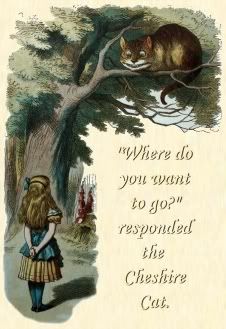
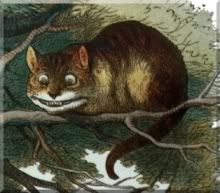


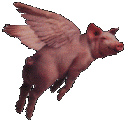

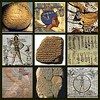












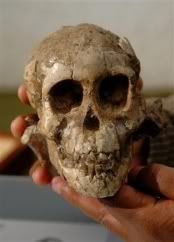
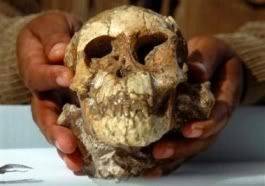
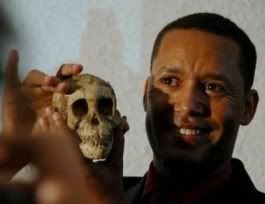
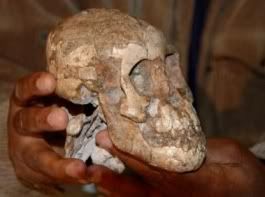
3 Comments:
Nice bit of news, though the title might be a little misleading. From my understanding, the idea that there's one missing link out there to be found is a misconception... and tends to underrate what we do have.
RE hallq
Yeah, I used the title like that because I realised it would be slightly more sontroversial that way.
It actually comes from this posting by National Geographic.
Fossil Find Is Missing Link in Human Evolution, Scientists Say
http://news.nationalgeographic.com/news/2006/04/0413_060413_evolution.html
"Missing Link" sensationalism eh? Exceleent stuff Beep...:)
Post a Comment
<< Home